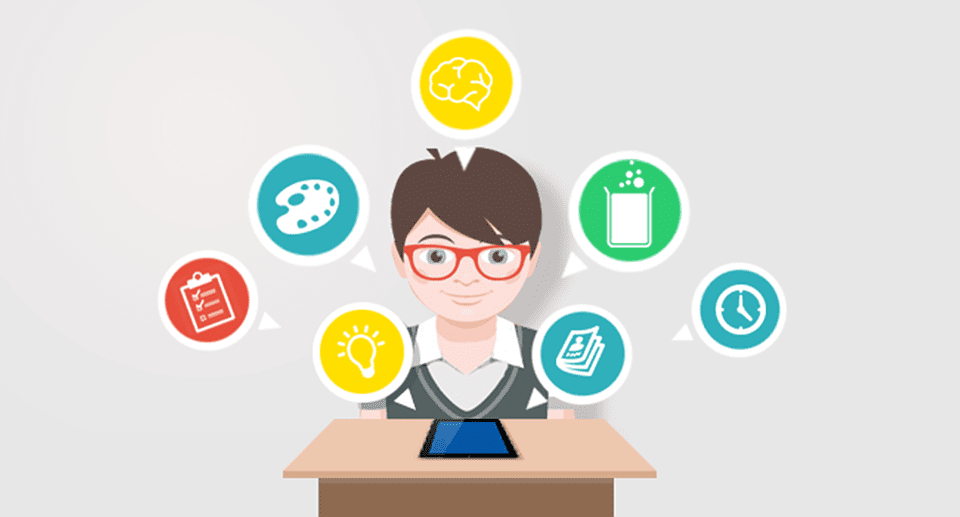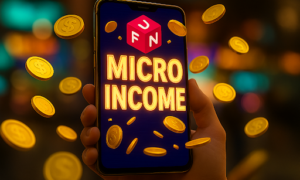Since time immemorial, humans have found ways to improve existing structures and systems to attain new levels of efficiency and effectiveness. Sometimes, these improvements include deliberate attempts to integrate fun and exciting activities into more serious engagements. Other times, it involves more revolutionary ideas such as blockchain technology and its accompanying decentralization capabilities.
Learning is changing, and these changes necessitate an accompanying adjustment to keep up with the changing times. These innovations are essential as the traditional method of teaching did not sync with the students’ learning preferences. So, it becomes almost impossible for even the most eloquent and gifted educators to hold students’ attention through long hours of lectures followed by personal reading tasks and homework assignments. At best, students do enough to pass the course without any reasonable personal development.
We will explore gamification and its potential in decentralized education.
What is gamification?
Gamification is the deliberate process of introducing gaming concepts into systems, services, organizations, and activities to create an experience that imitates playing games in order to motivate, engage and reward users. This modified approach to learning engages learners, fosters peer-to-peer interactions, promotes healthy competition, and rewards performance.
Gamification in decentralized learning
Decentralized learning is a non-traditional method of knowledge transfer that replaces the centralized, unidirectional flow of knowledge with an open-source, transparent and rewarding system. This system leverages blockchain technology to automate learning interactions and motivate performance among all participants.
Even though decentralized learning is an improvement on the existing system, it is still susceptible to some of the pitfalls of traditional learning systems. That is why DeEd pioneers such as Forward Protocol explore ways to facilitate all-round improvements within their systems.
Cue gamification.
Gamification facilitates human interaction
Games are an integral part of human culture and are one of the oldest forms of human social interaction. They are formalized expressions of play that allow people to go beyond their immediate imagination and direct physical activity. When applied in the proper contexts in learning curriculums, they can improve the overall learning experience and help produce better-integrated students.
Case in point, the Olympic games. The games signaled periods of peace and social truce between warring parties. They were also the peak demonstration of Greek culture and the education system. In more recent times, games have helped students learn rather complex concepts. For example, Monopoly. It is one of the most popular games worldwide, and when they are sold with locally relevant landmarks, they help students learn more about their local geography than any map ever could.
This active participation in learning encourages learners to pursue knowledge because it is delivered in mentally stimulating methods. With online course completion rates as low as 13%, this form of education will also motivate students to complete courses they start because of the accompanying sense of accomplishment. It will also push them to look for new and more stimulating challenges, inadvertently helping them develop productive and enthusiastic mindsets.
Learning becomes less abstract
One of the biggest challenges to learning is the inability to measure progress easily. Studying can quickly become abstract, especially in higher levels of education. However, in a decentralized system where everyone can access their personal information, they can be motivated by the quantifiable progress they make. With the introduction of gamification, points, rewards, progress bars, leaderboards, etc., provide visible evidence of progress. It rewards them for their progress and motivates them for continued development.
Gamification encourages active participation
In a generation where the average attention span is lower than at any point in history, it is essential to find ways to gain and maintain learners’ attention. This task becomes harder in traditional learning systems that require self-motivation to endure long hours of lectures.
Gamification allows real-life simulations, 3D visualizations, and other simulated environments to engage students in scenarios that enable them to apply their knowledge actively. Coupled with blockchain-based play-to-earn games, students stand to gain the most by actively participating in lessons. Smaller gaming companies have experimented with this concept with much success. The future looks even brighter, with gaming giants like Ubisoft also looking to implement elements of play to earn into future projects.
Collaboration and rewarding interactions
Learning can quickly become tedious, especially with complex concepts. However, a gamified experience within a decentralized system allows learners to interact with other students, friends, teachers, classmates, etc., within the virtual ecosystem. In this decentralized system where no single entity holds all the power, students can modify their learning experience as much as they like through their interactions, decisions, and studying habits.
Gamification improves cognitive ability
Gaming has proven to have immense benefits to the development of gamers. Studies by the American Psychological Association found that skills gained from playing games can be retained throughout life and transferred into other real-life activities.
- Video games can improve manual dexterity
- Games stimulate portions of the brain and promote gray matter growth
- Gamers have more sophisticated social skills
- Games can motivate more physically active lifestyles, e.g., VR games that engage the player physically
- Video games improve vision
- Games motivate persistence
- Games improve mood and relieve stress
- They are even more fun when accompanied by learning
In a decentralized system where the skills students acquire are stored, verifiable, and storable on a public ledger, students can maximize their potential and open themselves to the opportunities that decentralized marketplaces potentially offer.
Conclusion
The education system is exploring the opportunities that blockchain technology offers. Projects such as Forward Protocol provide the framework to interact with the blockchain and explore DeEd’s potential.
While the gaming industry also looks at the blockchain for development opportunities, it has already proven effective in delivering knowledge. Marrying these concepts produces a gamified decentralized learning experience that is inclusive, effective, engaging, and rewarding.
This may be the future of education, and we don’t see why anyone would be willing to bet against it.

































